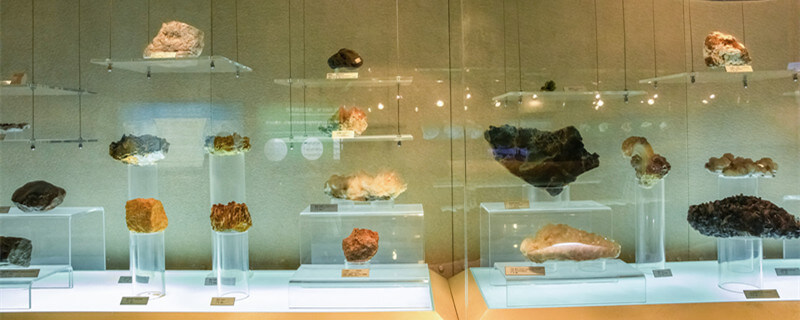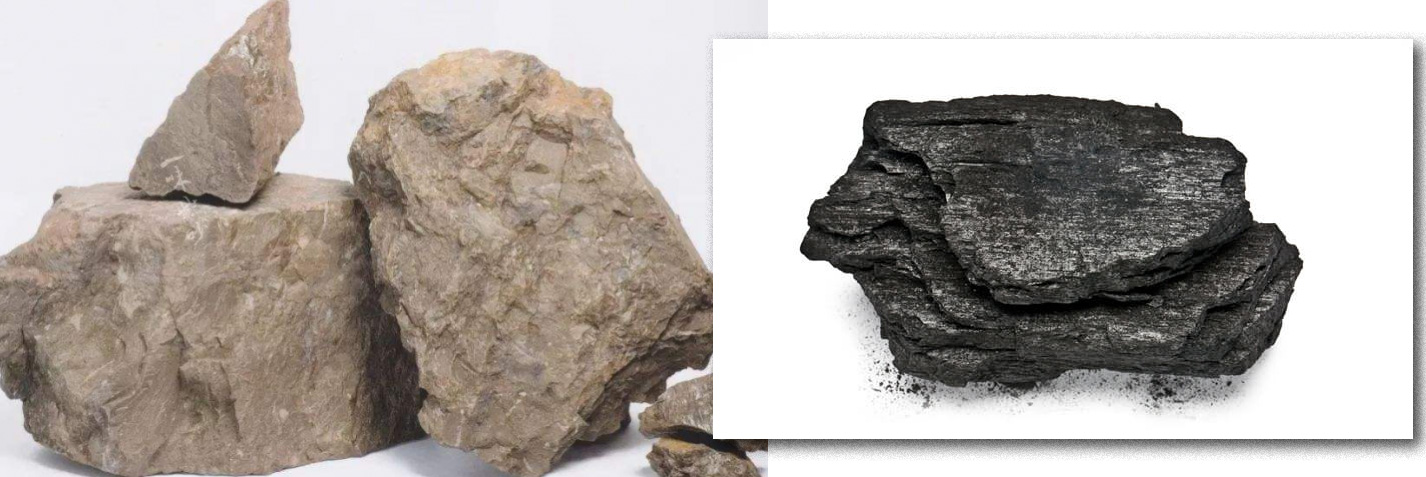What Composes Ore Minerals and Gangue Minerals in a Gold Processing Context?
Common ore minerals are generally divided into metallic ores and non-metallic ores. In the context of a gold processing plant, understanding these minerals is crucial as gold processing involves handling and extracting gold from its ore forms. Mineral ores are aggregates of minerals from which useful components can be extracted or which possess certain properties that can be exploited.
Ore composition: Ore is generally composed of ore minerals and gangue minerals. Metal or non – metallic minerals that are found in the ore are called ore minerals, also known as useful minerals. In a gold processing plant, identifying the ore minerals containing gold accurately is the first step towards efficient gold extraction. Minerals called gangue minerals occur in association with ore minerals and cannot be utilized temporarily, and are also called useless minerals. In the gold processing process, separating gangue minerals from the gold – bearing ore minerals is a key operation in a gold processing plant.
These minerals have metallic or semi – metallic luster, come in various metallic colors (such as lead ash, iron black, gold, etc. ), are opaque, non – conductive, and have good thermal conductivity. In most cases, these compounds are heavy metals, mainly sulfides and oxides, such as galena (PBS) and magnetite (Fe3O4); in some cases, they are metallic simple substances, such as natural gold (AU). Gold processing plants are specifically designed to handle and process ores that contain natural gold or gold-bearing minerals.
Nonmetallic minerals mainly include diamond, graphite, crystal, corundum, asbestos, mica, gypsum, fluorite, gem, jade, agate, limestone, dolomite, quartzite, ceramic soil, refractory clay, marble, granite, salt ore, phosphate ore, etc. Although non – metallic minerals are not directly related to gold extraction in a gold processing plant, they can be present as gangue minerals in gold – bearing ores and need to be separated during the processing.
How are common ore minerals formed?
Minerals are the products of various geological processes in nature. Depending on the process and energy source, natural processes can be divided into endogenesis, exogenesis, and metamorphism. During endogenesis, the energy comes from the earth’s interior, such as volcanism and magmatism; during exogenesis, the energy comes from the sun, water, atmosphere, and organisms (such as weathering and sedimentation); and during metamorphism, the minerals change under a certain amount of pressure and temperature. Understanding the formation process of gold-bearing ore minerals helps in predicting the location of gold-rich deposits, which is vital for the long-term operation and resource acquisition of a gold processing plant.
Whatsapp:+86 133 1927 7356
Email:[email protected]


